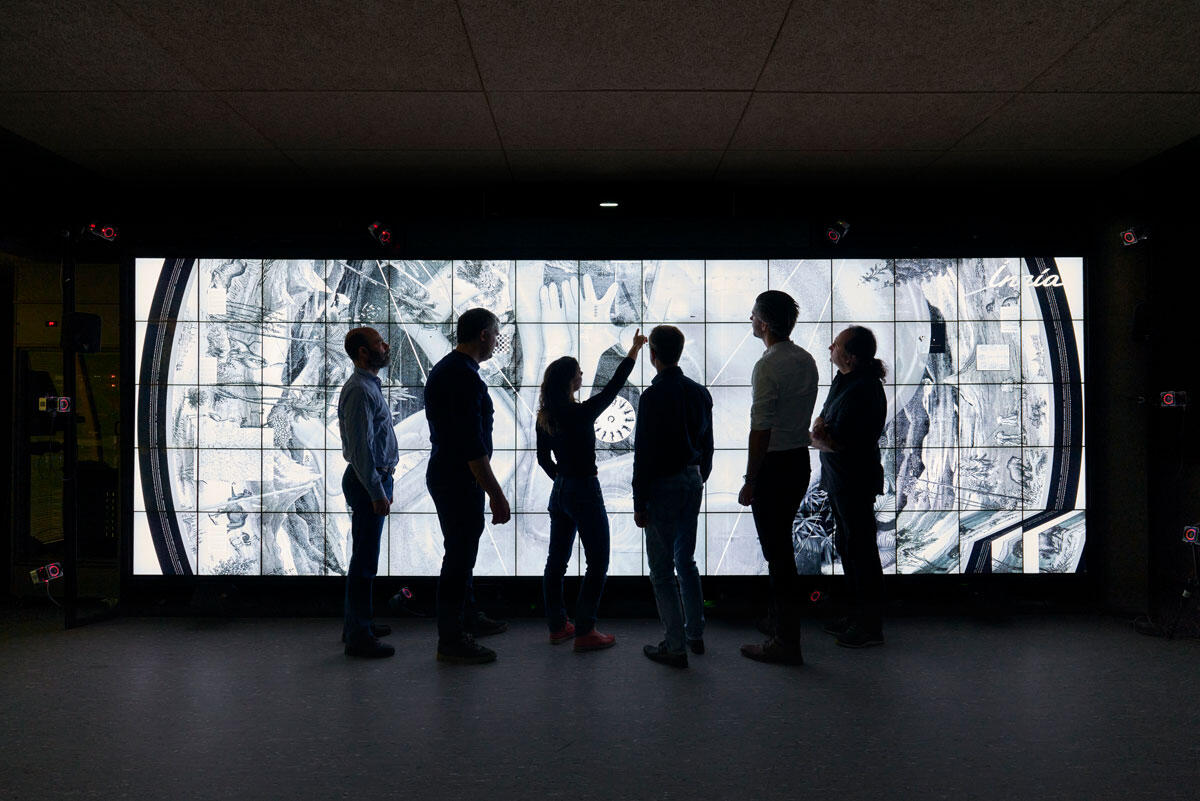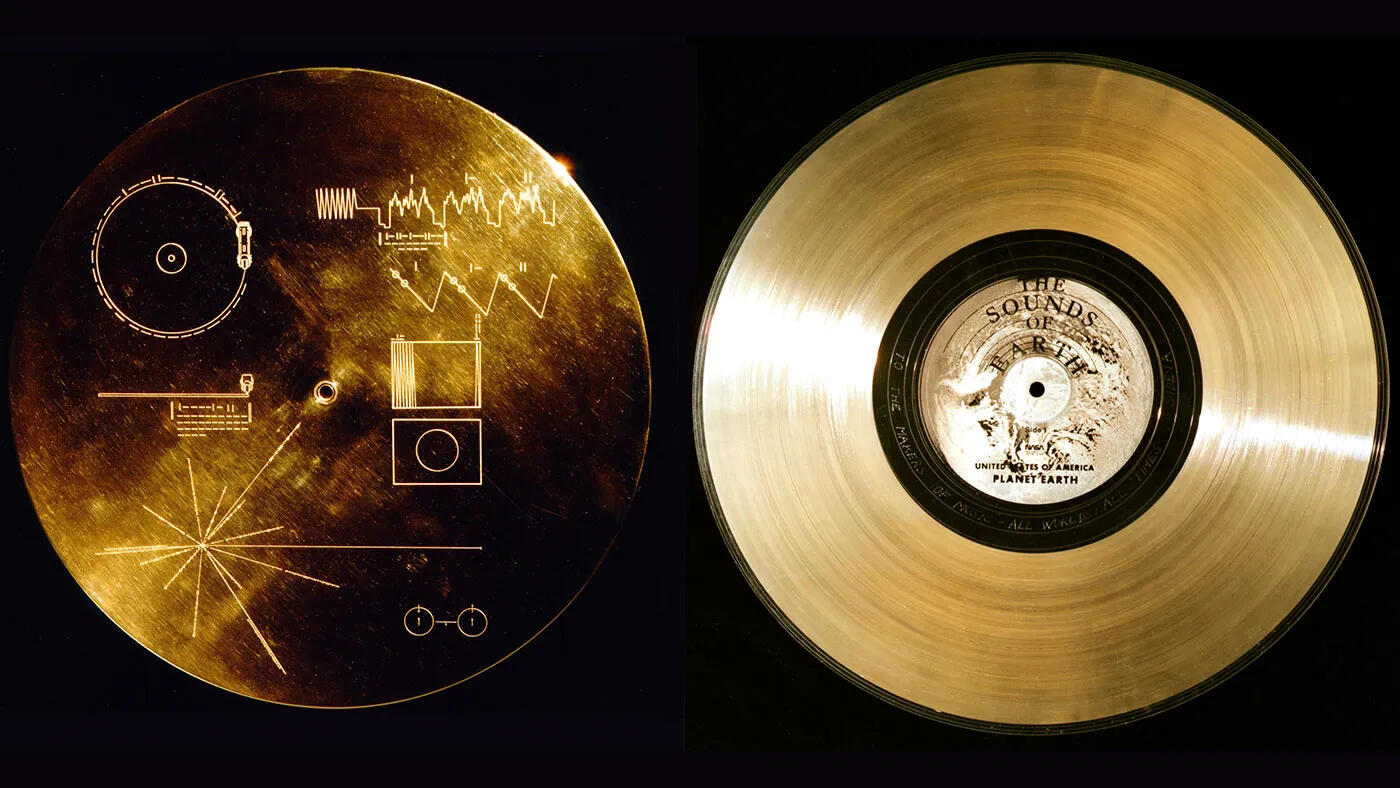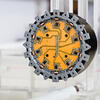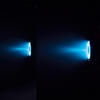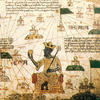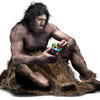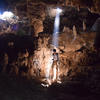You are here
Reaching for the Moon for the sake of humanity
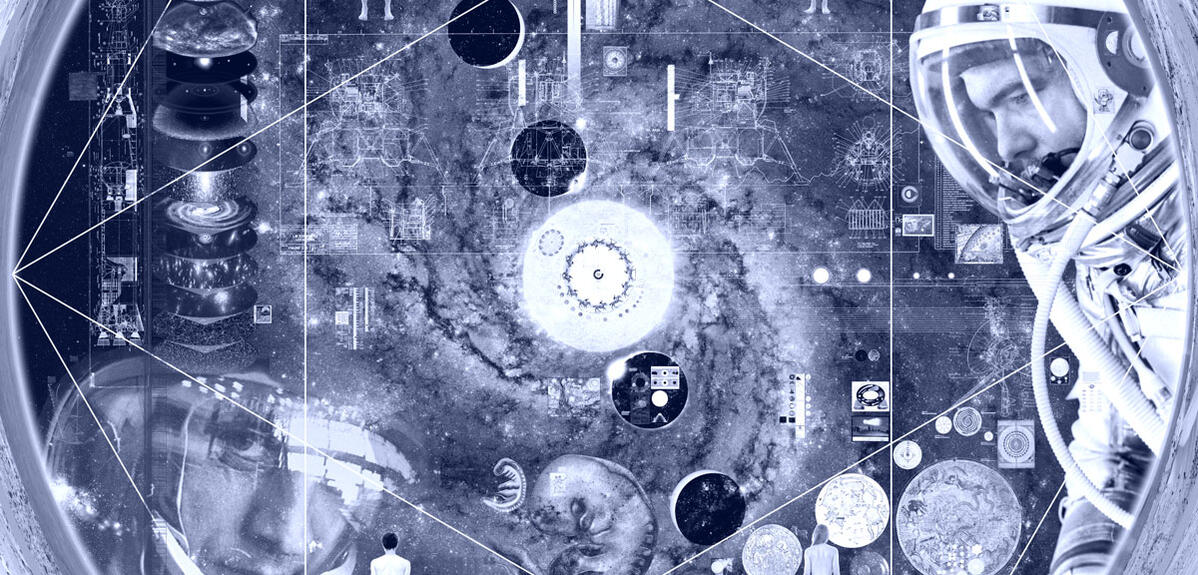
In the face of increasingly rapid climate change as well as other threats of our own making, the collapse of human civilisation is becoming an increasingly credible hypothesis. In this context, how can we make sure that some of humanity's cultural and scientific heritage survives a possible future breakdown of our modern societies? To try to answer this question, the Sanctuary project aims to send to the Moon a time capsule containing a collection of discs that bear witness to our species' knowledge and achievements. "Our project can be likened to a kind of triptych that seeks to encompass who we are, via our genome; what we know, in the form of a vast body of scientific knowledge; and what we make, through art," explains Benoît Faiveley, the project coordinator.
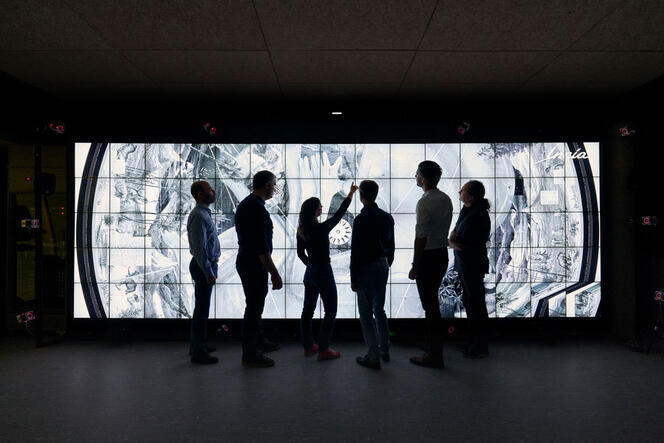
To put all these ideas into practice, this French engineer enlisted researchers from a wide range of scientific disciplines including astrophysics, palaeontology, particle physics and computer science, together with artists and designers. With the support of the CNRS and technical backing from the French Alternative Energies and Atomic Energy Commission (CEA)1, the ten-strong team first set out to design the medium that would hold all this information. After much discussion, they decided to use discs 10 cm in diameter and 1 mm thick made of artificial sapphire. "This material, which is almost as hard as diamond, will be able to withstand the extreme temperatures at the Moon's surface for several million years, without undergoing the slightest alteration," Faiveley explains.
A new Rosetta Stone
To record the data on each disc, the consortium opted for a form of analogue encoding based on micropixels engraved directly into the material using a laser. This was a deliberate choice, explains Jean-Philippe Uzan, a cosmologist at the IAP2, who has been involved in Sanctuary from the outset: "The information on the discs is intended for our distant descendants, and their readout tools will probably be very different from those used in today's digital technology. Assuming at the very least that these descendants, whether humans or not, will continue to have the ability to see, we decided to represent most of the data in the form of images and infographics produced by microengraving, so that they are visible to the naked eye or with a simple magnifying glass." A single sapphire disc can contain up to seven billion such pixels, each around one micrometre in size, meaning it can store the equivalent of 2,500 A4 pages of text.
At this stage of the project, nine of these discs are already 95% full. Five of them describe general concepts of mathematics and matter, the place of our species in space and time, its relationship to the Universe and to other living things, and so on. There are also illustrations of the human body in the form of anatomical charts, from the surface of the skin to the skeleton, including the vascular, nervous and muscular systems. In the manner of the Rosetta Stone, the discs also include keys to help any future Champollions decipher and understand them. "Based on the assumption that the foundations of mathematical language, the fundamental constituents of matter, and the universal laws that govern them will remain unchanged, this Rosetta Stone 2.0 defines all the physical quantities used in our infographics, and in particular the International System's units of measurement, including the metre, kilogram, and second," Uzan explains.
NASA's support gets the project off the ground
Sanctuary's scientific rigour combined with the aesthetics of the visual designs convinced NASA to support the project. In September 2023 the agency confirmed that the 1.4 kg time capsule, consisting of a highly resistant, lightweight aluminium container holding 24 sapphire discs, would be taken to the Moon on board the future Artemis CLPS lunar mission, scheduled to launch in 2027.
With this prestigious partnership, Sanctuary follows in the footsteps of the Golden Record3 carried on board the two Voyager spacecraft that set off to explore the outer reaches of the Solar System in the late 1970s. The project led by Faiveley, however, differs in that it includes, among other things, information about the genomics revolution, a major scientific breakthrough that took place at the turn of the millennium, and four of the discs in the time capsule will contain the entire genetic code of a man and a woman.
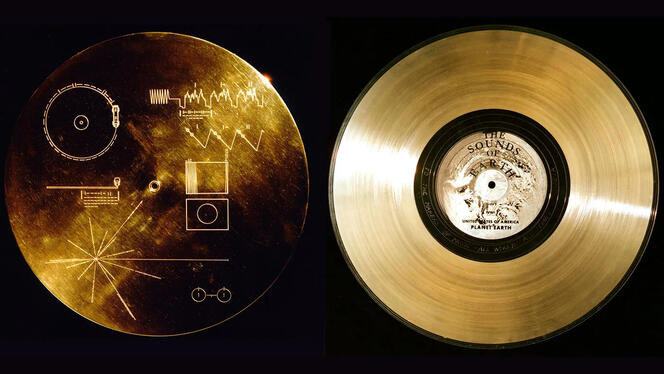
The Sanctuary team also wished to show the diversity and proliferation of living organisms on Earth. The task was entrusted to the palaeontologist Jean-Sébastien Steyer at the CR2P4. "We used a visual representation of the great tree of life, produced in collaboration with Canadian artists, with the aim of offering a modern view of evolution that would make it easier to understand the kinship relationships between present-day species and fossils," the researcher explains. "Using a method halfway between a comic strip and a mind map, we attempted to provide a picture of fossilisation processes as well as of the various hypotheses about the origins of life."
Culture and natural sciences
The Sanctuary project didn't leave out pop culture either. For instance, pixelated creatures from the famous video game Space Invaders were included in the tree of life to illustrate the profusion of species that characterises a group such as the arthropods. "Over and above its mission as a time capsule, Sanctuary also hopes to rekindle public interest in the natural sciences via exhibitions that will showcase the rich content of the discs in an accessible and sometimes offbeat way," Steyer adds.
In addition, as a result of a partnership with UNESCO, at least four discs are expected to be given over to the World Heritage of Humanity, and will show a wide range of prestigious natural and cultural sites. While there is bound to be intense debate among the members of the consortium over the final selection, Faiveley has a soft spot for the Burgundy vineyards5. "I'm originally from the small town of Nuits-Saint-Georges, and so it would be a wonderful symbol for me to see these archetypal vineyards included in Sanctuary." A choice that seems all the more legitimate given that the town's name has since 1971 designated one of the craters at the Apollo 15 mission landing site. ♦
- 1. In addition to the CEA, the Sanctuary project is supported by the French CNES Space agency, and the National Institute for Research in Digital Science and Technology (INRIA).
- 2. Institut d'Astrophysique de Paris (CNRS / Sorbonne Université).
- 3. Thought up by the American astronomer Carl Sagan, this gold-plated copper phonograph record, intended for any extraterrestrials who might one day come across it, contains around a hundred images, and dozens of languages and sounds supposed to represent the diversity of life and culture on Earth.
- 4. Centre de Recherche en Paléontologie de Paris (CNRS / MNHN / Sorbonne Université).
- 5. Listed as a World Heritage Site since 2015, it includes 1247 vineyards located on the slopes of the Côte de Nuits and Côte de Beaune, south of Dijon (central eastern France).
Explore more
Author
After first studying biology, Grégory Fléchet graduated with a master of science journalism. His areas of interest include ecology, the environment and health. From Saint-Etienne, he moved to Paris in 2007, where he now works as a freelance journalist.



